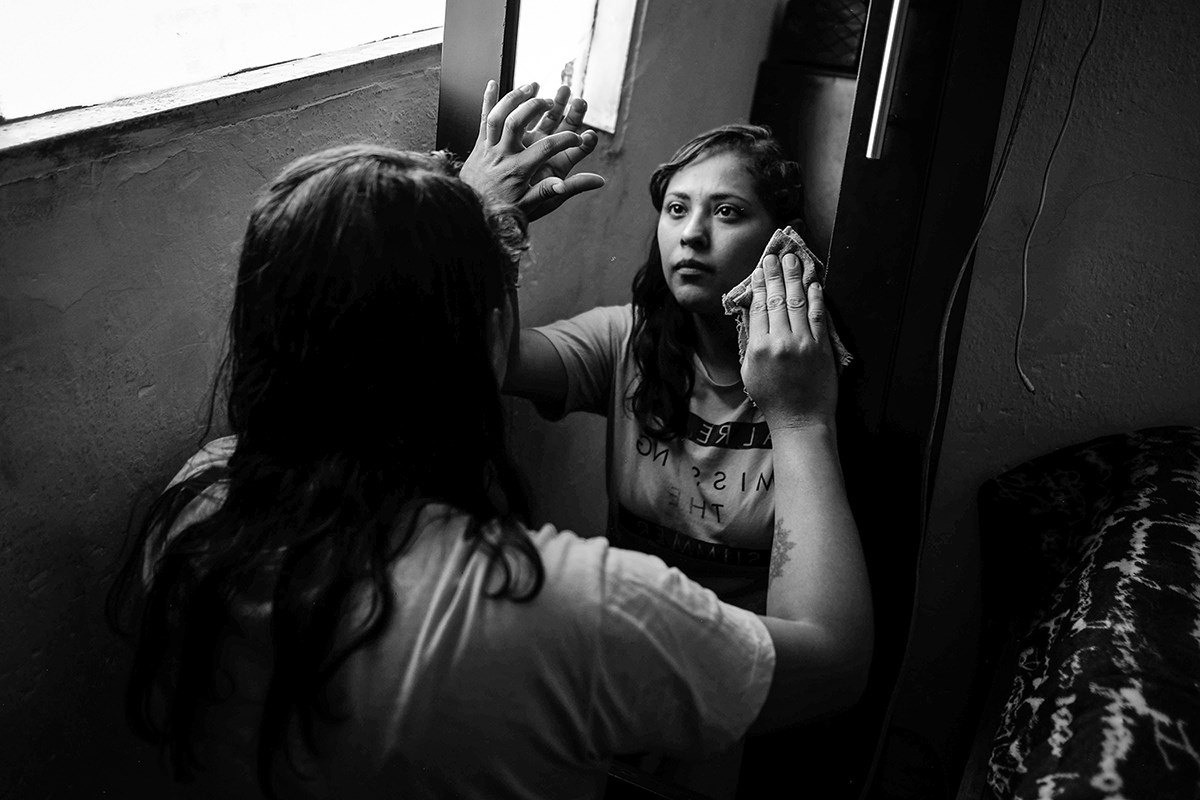“To be honest, I don’t know why but for me, it was important to bring my camera,” says photographer Greta Rico in an interview with the Phoblographer referencing her Surrogate Mother photo project — which started the day of her cousin’s funeral. “I remember that when I arrived at the funeral home and hugged her sister, one of my cousins, I also asked her permission to take pictures, and she said yes.” Taking photos at funerals isn’t uncommon for a lot of us. Sometimes it’s a way to hide. In other ways, we must remember what happened.
Table of Contents
Origins
Of course, this is a very personal project. Greta is one of the winners of this year’s Leica Women Foto Project, and her documentary work proves why she’s such an astounding photographer. But she’s also a maestro with words. And she describes the project better than I can.
My cousin Siomara and I are very close. She was the sister I never had. We grew up together, so the trust has always been there, but the reality is that we had never worked together. On the day of the funeral, she told me that she would become the caretaker of our niece, who had been orphaned. We talked about many things, and especially about the uncertainty. At that moment, I asked her if she would be willing to continue with the photos and she agreed. Over the years we have continued to talk a lot, and as with my other projects, I ask her all the time how she feels, what she would like people to know and what things she wants us to talk about in the project. My cousin and I understand clearly because we have experienced first-hand that femicide does not end with the death of a woman and that access to justice and reparation will not come only with a sentence, because children, women and families continue to live with economic difficulties, without access to therapeutic services and facing in solitude the trauma of having been victims of such a painful event.
To be honest, it has been a very painful, complex and difficult process for both of us, but we constantly remind each other that in Mexico, 10 women are murdered every day, that for every woman murdered, 2 children are orphaned and that every day many more women become Surrogate Mothers because of gender violence, corruption and impunity. For us, it is very important to continue telling this story and our hope is that people can understand from these photographs that this is a very serious problem.
Greta Rico
Photographer Greta Rico first dug into the art form when her mom bought her her first camera at 8 years old. This was around the time her little brother was born. So Greta would run around the house to document his progress from crawling to walking. Since it was expensive to develop film, she learned to be careful with her shots at a very young age. “Whenever I think about this, I realize that I never stopped taking pictures,” says Greta. “Since then, I have always had a camera with me, and it became my favorite hobby for a long time. Later, while I was in college, I started working for magazines, and for several years I did cultural journalism.” That’s part of how she picked up writing. And in college, she decided to accompany her photos with text. She eventually realized it was her greatest passion and wanted to be a documentary photographer telling long stories. Greta reasoned that it would help her understand the issues in depth and build relationships of trust and honesty. These days, in the post-pandemic world, we call it authenticity.

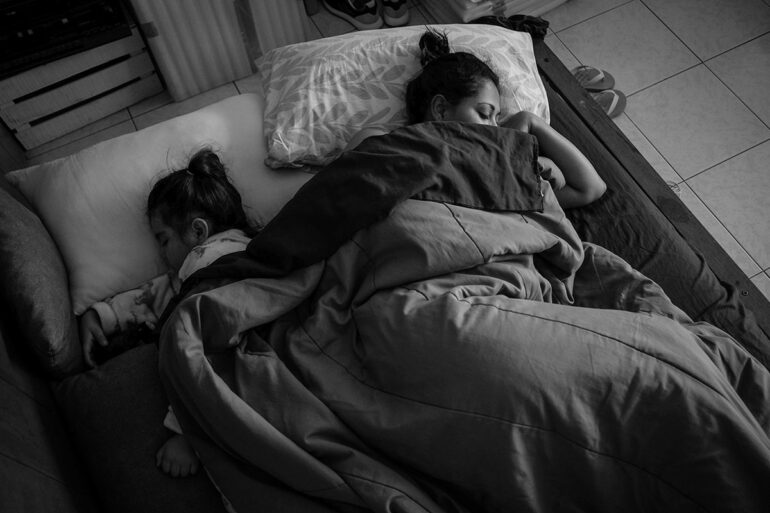
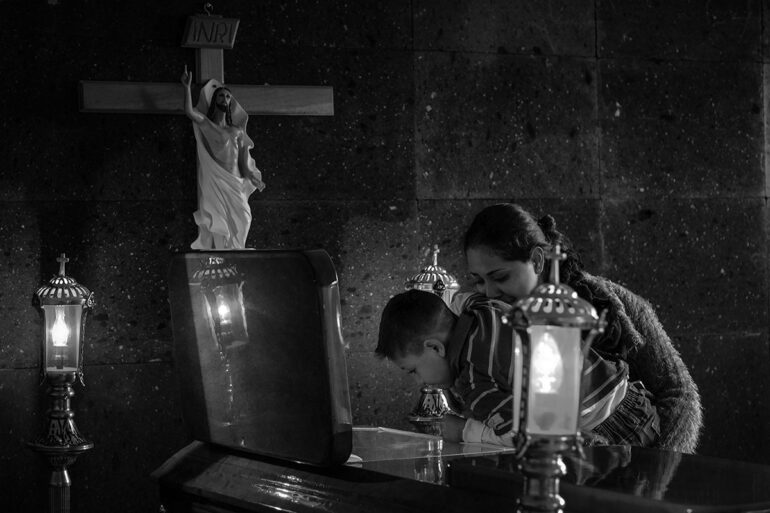
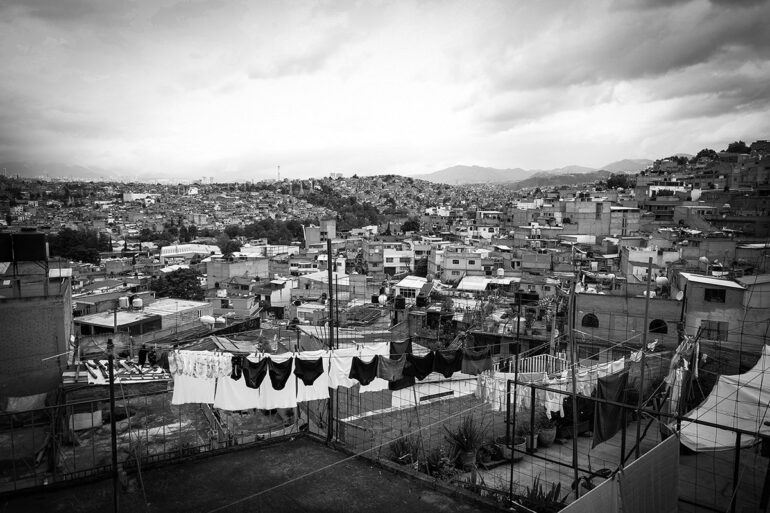
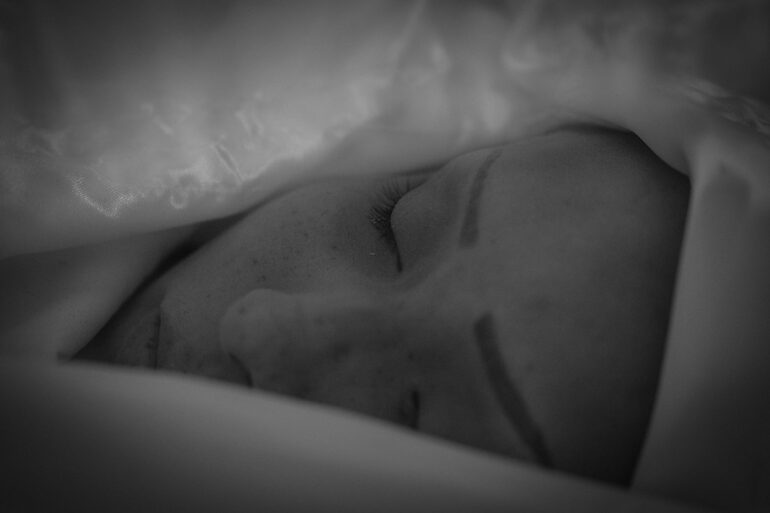
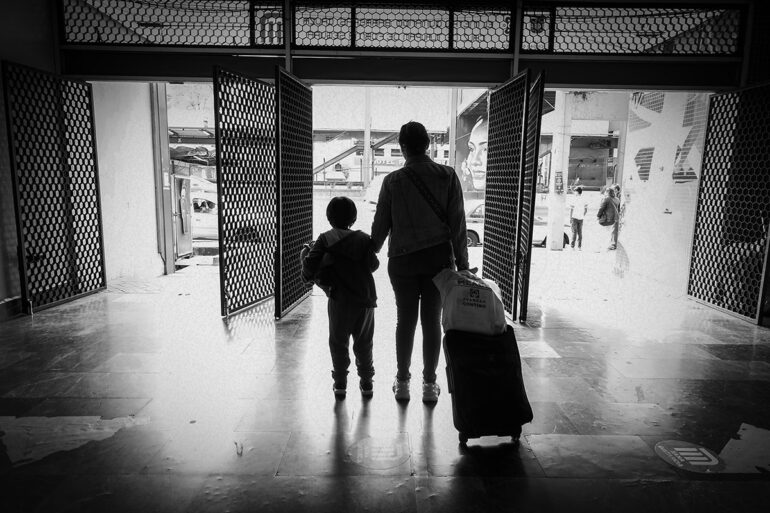
The Relationship Work of Greta Rico
That’s just a tiny part of why Greta’s work is so touching. It starts with family and building loving relationships that many of us cannot form because of generational trauma. Well, that’s just one reason. The other is strong communication skills; in this case, it’s internal communication between our technical and artistic selves. However, the metaphorical mustard on the pastrami here is relationship building. To that end, Greta’s gift is shared through her images.
In fact, Greta agrees that this stuff is sometimes a touchy subject. “Personally, I have witnessed terribly difficult and painful moments, and I have understood how important it is to document them, but I think the key to it all is understanding whether our work is getting in the way of people or people’s integrity,” she says. This is a huge topic that often comes up in the photojournalism world. And it’s something that many folks question often. It’s also sometimes the difference between a true photojournalist and an ordinary street photographer.
Greta shares are moment with us that really hits home:
I was once in a very complex situation where I had to put the camera down because my stay in that place was not helping, and, on the contrary, it was hindering something very delicate that was happening. At that moment, I decided to step aside and to date I do not regret that decision. When you work on long term documentary projects, other opportunities will come along, and you must learn to be patient. When you wait long enough, other important moments for the story come along, that is to say, the reward always comes .
Greta Rico
On Camera Gear
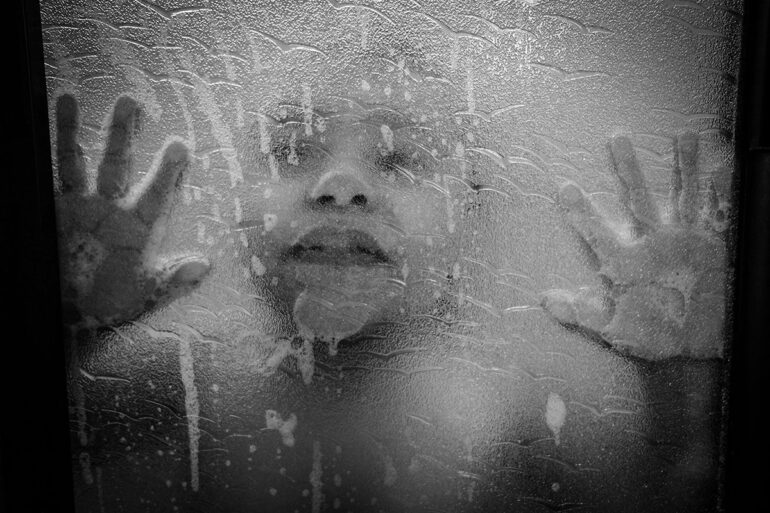
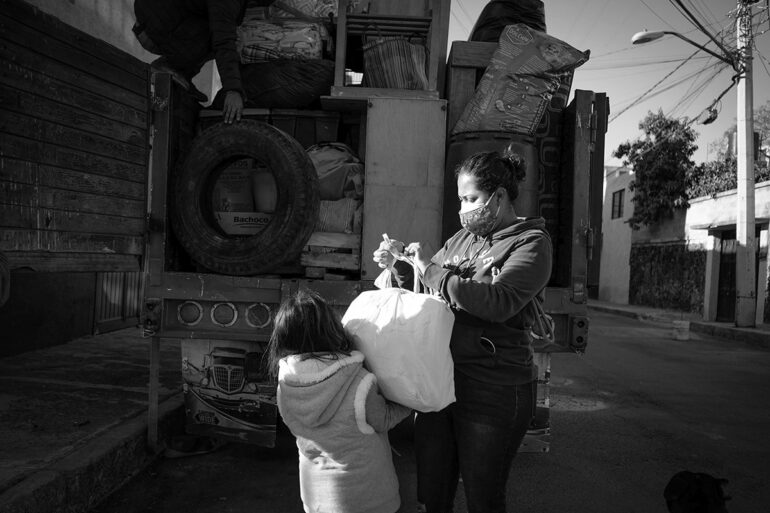
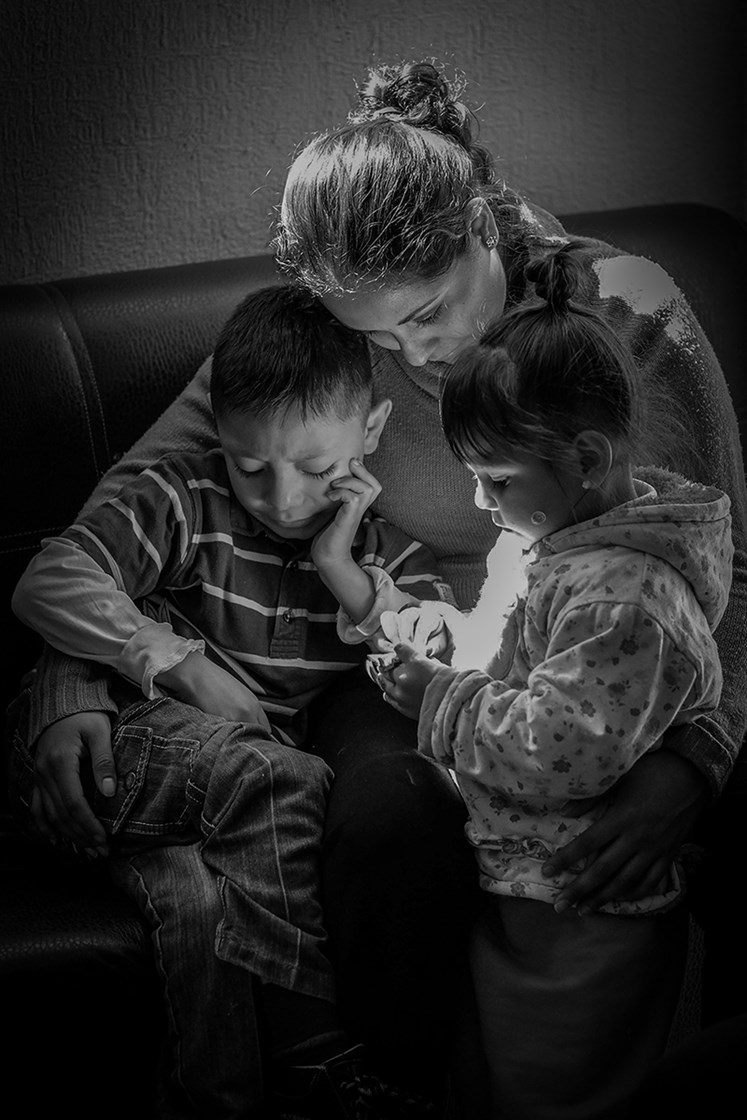
Greta didn’t get into the specifics of the camera gear she’s using, but she referenced a 23mm lens: which leads us to believe that she’s probably working with Fujifilm’s X series system. She also values simplicity and small equipment. Light, small and unobtrusive is her preference. For Greta, the creative process isn’t hers alone. She sees her subjects as collaborators and has lengthy conversations with them. “…I ask them a lot what is important for them to be told, what they would like people to know, how they would like us to talk about certain things, and that is always very beneficial to the process.”
During COVID, she worked on many stories about how women were coping with daily and work-related changes. “To be honest, in terms of equipment, I never had any complications or changed any of my camera settings,” Greta says. “I think the main challenge was to take care of them and their families, to be honest with them about why I felt they were stories worth telling, and to take all the necessary precautions to not expose them to infection.”
See more of Greta Rico’s work at her website. All images used with permission.


